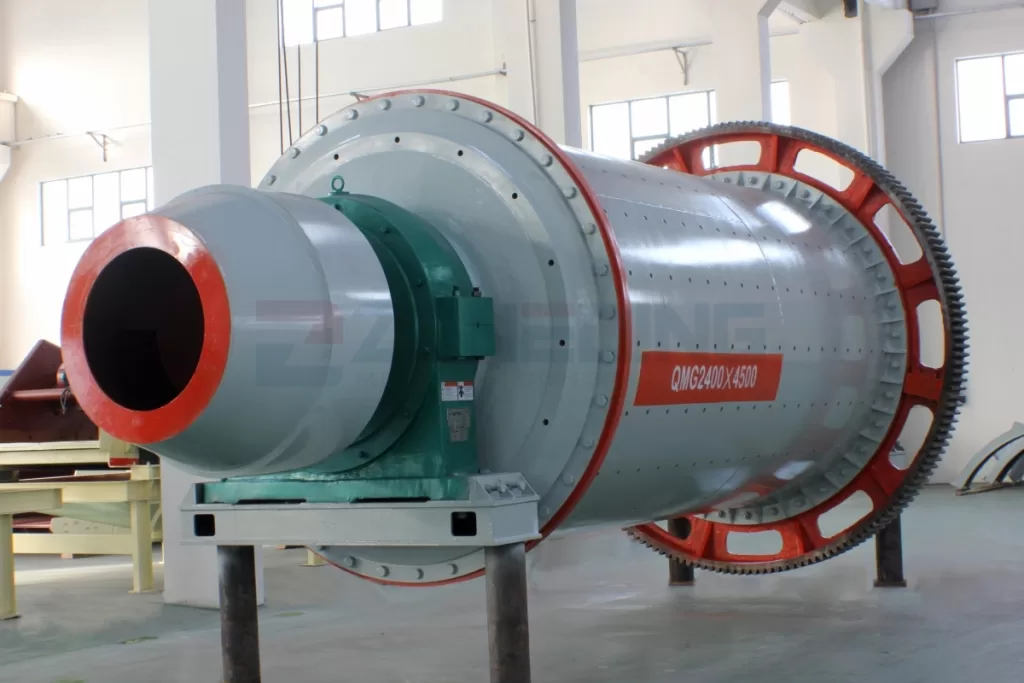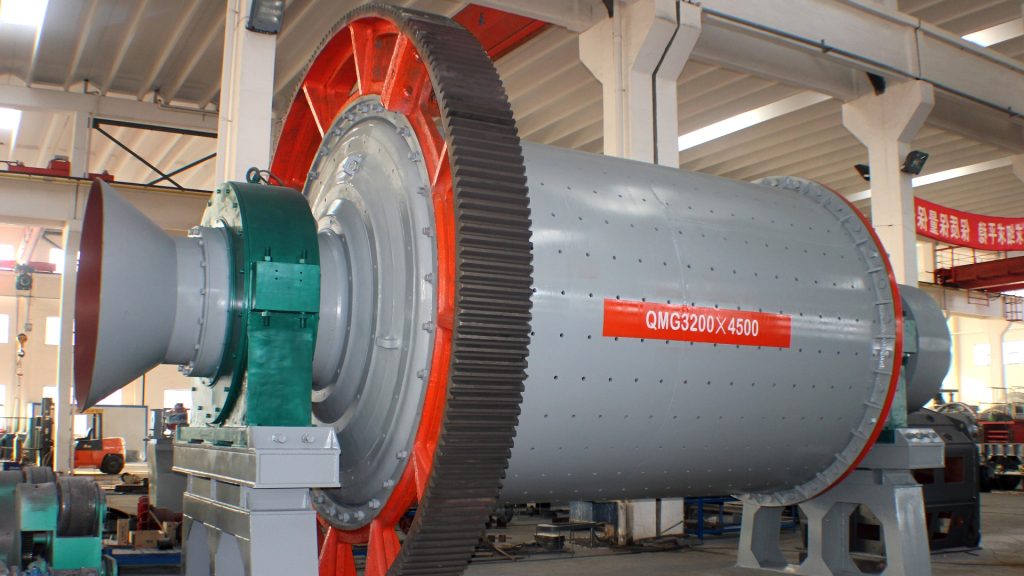Ball Mill
116555Our ball mill are available in different styles and many models in each style to adapt to various grinding requirements.
View detailsSearch the whole station Crushing Equipment
A ball mill is an essential device in various industries, primarily utilized for grinding and blending materials. The applications of ball mills span across industries such as mining, construction, and material processing. This article delves into the uses of a ball mill, highlighting its significance and the specifics of the Zoneding Ball Mill, a high-capacity model known for its efficiency and versatility.

A ball mill operates on the principle of impact and attrition: size reduction is done by impact as the balls drop from near the top of the shell. It consists of a hollow cylindrical shell rotating about its axis. The axis of the shell may be horizontal or at a small angle to the horizontal. It is partially filled with balls. The grinding media are the balls, which may be made of steel (chrome steel), stainless steel, ceramic, or rubber.
When the shell rotates, the balls are lifted up on the rising side of the shell and then they cascade down (or drop down on to the feed), from near the top of the shell. In doing so, the solid particles in between the balls are ground and reduced in size by impact.
In the mining industry, ball mills are used to grind ores into fine particles. This process is crucial for extracting valuable metals from the ore. The material is typically reduced in size in two stages – first to make it easier to transport, and second to prepare it for further processing, such as flotation or leaching.
Ball mills play a pivotal role in the construction industry by grinding materials such as limestone, granite, cobble, and cement clinker into fine powders. These powders are then used to manufacture cement, which is a key component in construction.
In the field of material processing, ball mills are employed to process various materials, including chemicals, ores, and other raw materials. The ball mill’s versatility allows it to grind materials like iron ore, dolomite, bluestone, and even construction waste and glass.
In pharmaceuticals, ball mills are used to create fine powders and nanomaterials for use in drug formulation. The ability to achieve particle sizes down to the nanoscale makes ball mills essential in the production of medications and other medical materials.
Ball mills are extensively used in the ceramic industry for grinding raw materials like clay, feldspar, and quartz. This process is vital for the production of ceramics, which require finely ground materials to achieve the desired quality and characteristics.

Among the various ball mills available, the Zoneding Ball Mill stands out due to its impressive specifications and versatile applications. Let’s explore the features that make the Zoneding Ball Mill a preferred choice in different industries.
In mining, the Zoneding Ball Mill is employed to grind ore into fine particles, which are then subjected to further processing steps such as flotation, magnetic separation, or chemical leaching to extract valuable minerals. Its high capacity and efficiency make it an excellent choice for large-scale mining projects.
The construction industry relies heavily on the Zoneding Ball Mill for the production of cement. By grinding raw materials like limestone and cement clinker into fine powders, the mill contributes to the manufacture of high-quality cement used in building infrastructure.
The ability of the Zoneding Ball Mill to process construction waste and glass highlights its role in material recycling. By converting waste into reusable materials, the mill supports sustainable practices and reduces environmental impact.
In the glass industry, the Zoneding Ball Mill is used to grind raw materials like silica sand and limestone into fine powders. These powders are then melted and formed into glass products, showcasing the mill’s contribution to glass manufacturing.
The Zoneding Ball Mill comes in various models, each tailored to specific industrial needs. The customizable capacity and discharging size allow operators to choose a model that best fits their production requirements.
These specifications provide flexibility and efficiency, ensuring optimal performance in various industrial applications.
Ball mills are indispensable machines in numerous industries, from mining and construction to pharmaceuticals and ceramics. Their ability to grind and blend materials into fine powders and homogeneous mixtures makes them vital for many production processes.
The Zoneding Ball Mill, with its high capacity, precise discharging size, and versatility in processing a wide range of materials, stands out as a premier choice in the market. Whether it’s for large-scale mining operations, cement production, material recycling, or glass manufacturing, the Zoneding Ball Mill delivers efficiency, reliability, and high performance.
For industries seeking a robust and customizable grinding solution, the Zoneding Ball Mill offers the perfect balance of capacity, versatility, and precision, making it an invaluable asset in the pursuit of production excellence.
https://www.zoneding.com/stone-crushing-plant
Our ball mill are available in different styles and many models in each style to adapt to various grinding requirements.
View detailsRod MillRod Mill For SaleWorking Principle of Rod MillProduct Features of Rod MillRod Mill shipmentParameters of Rod MillRod millService Supportof Rod MillFAQRelated ProductsOur Rod Mill are available in different styles and numerous model sizes ...
View detailsCeramic Ball MillCeramic ball mill For SaleAdvantages of Ceramic ball millFunctional Advantages of Ceramic ball millApplication Scenarios of Ceramic ball millCeramic ball mill shipmentCeramic ball mill customer work siteParameters of Ceramic ball...
View detailsSpiral classifiers can grade different particles in ore slurry during the metal beneficiation process as well as deslime and dehydrate in the washing operation.
View detailsWe use cookies to ensure that we give you the best experience on our website. If you continue to use this site we will assume that you are happy with it.
Privacy Policy